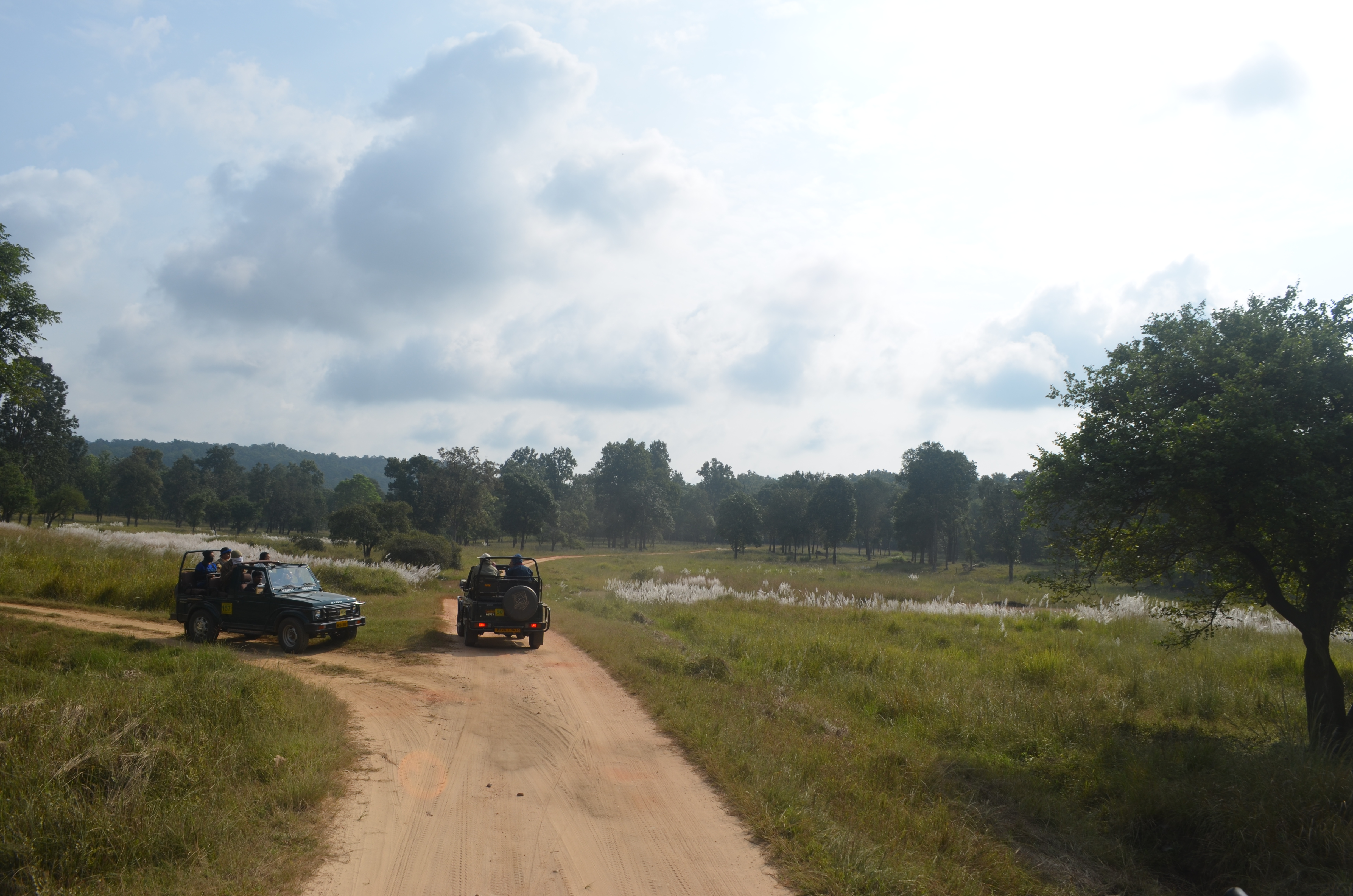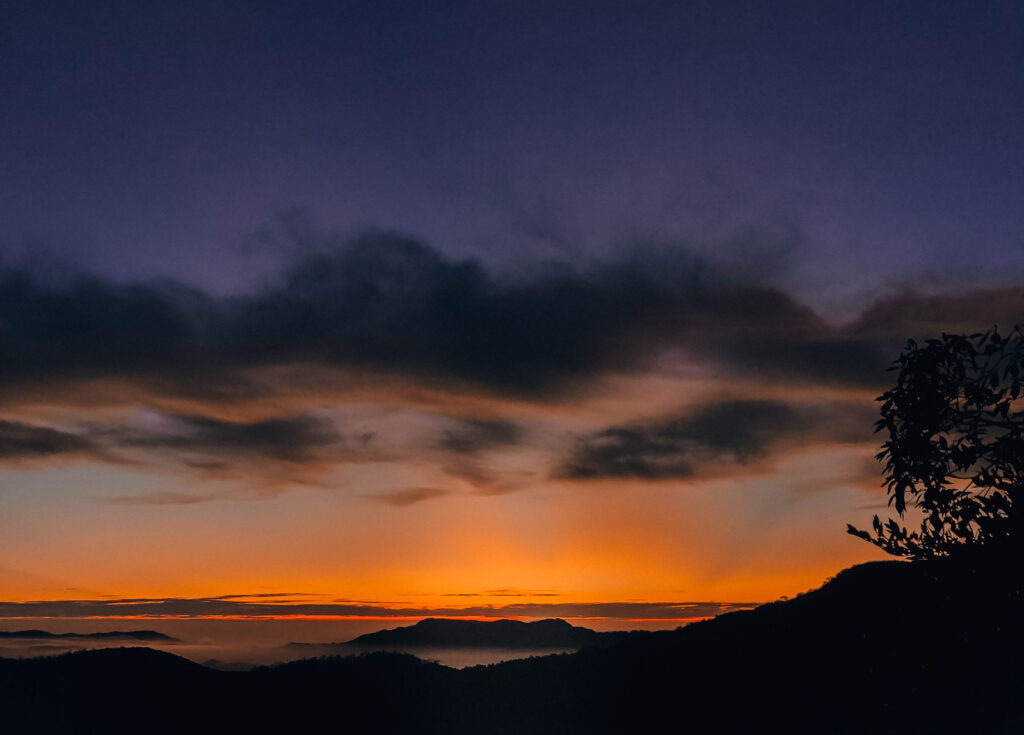
Infrastructure
The establishments of jungle camps has made the dense forest accessible for visitors who wish to be amid nature. The Samardha Jungle Camp was one of the first such camps established around 20 km from the capital city of Bhopal. The first day here should simply be spent ambling out on a morning walk to soak in the cool climes and the sights and sounds of the jungle. There are designated trekking routes and nature walks that have been chalked out through virgin forest, with vantage points that give a wonderful glimpse of the terrain. But for those short on time and looking for some local sightseeing, there are things to do not too far away. Just 6 km from the camp is Satkunda, which has associations with the Ramayana. It is believed that Lord Rama dug seven wells at the location when Sita felt thirsty. You can still see the well here. About 5 km away is Chudail Dant, where rocks bear paintings that are said to be more than 1000 years old.
The Tower sort offers a breathtaking view of the vast water body at the dam at Tawa near Itarsi.






